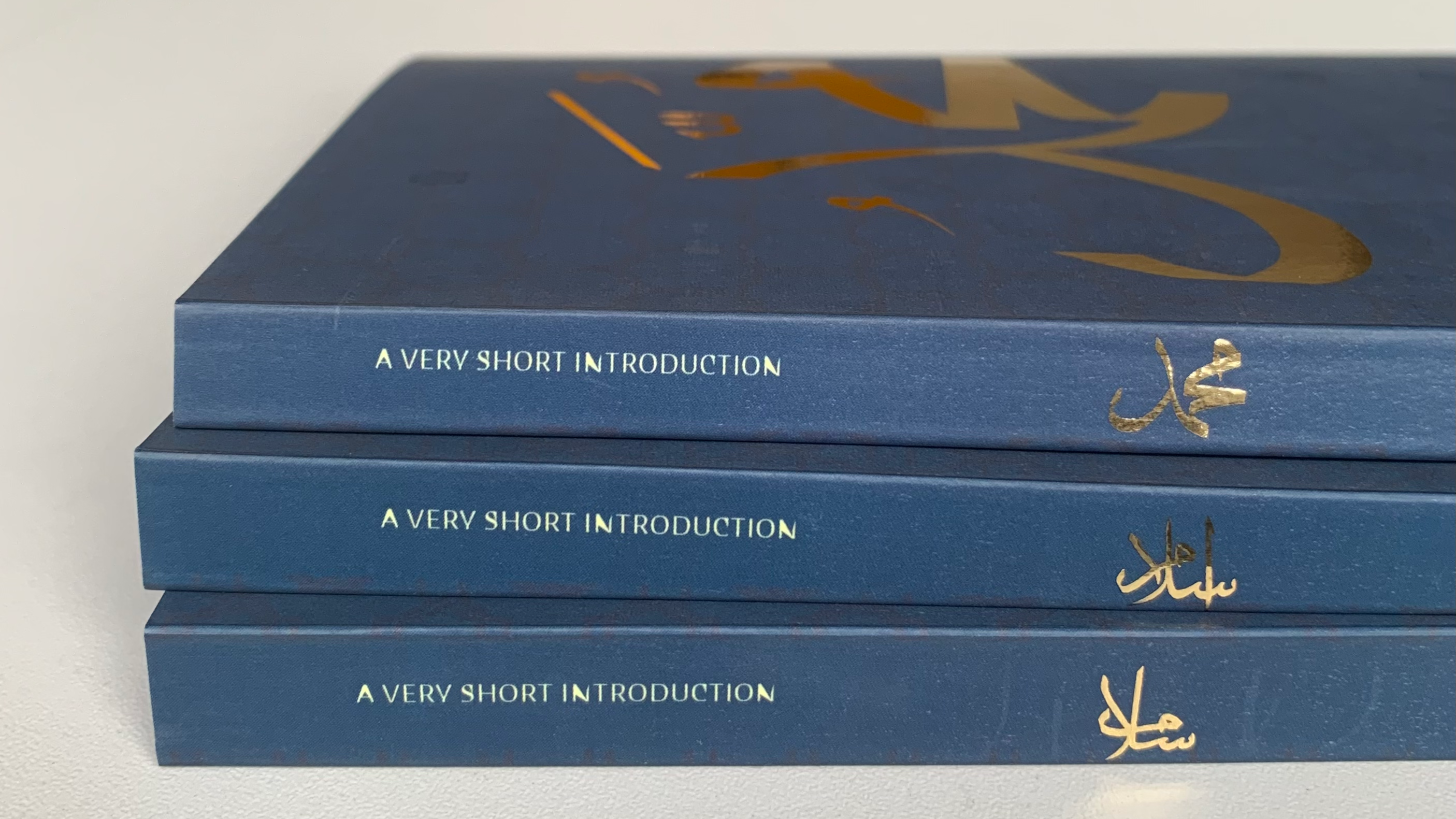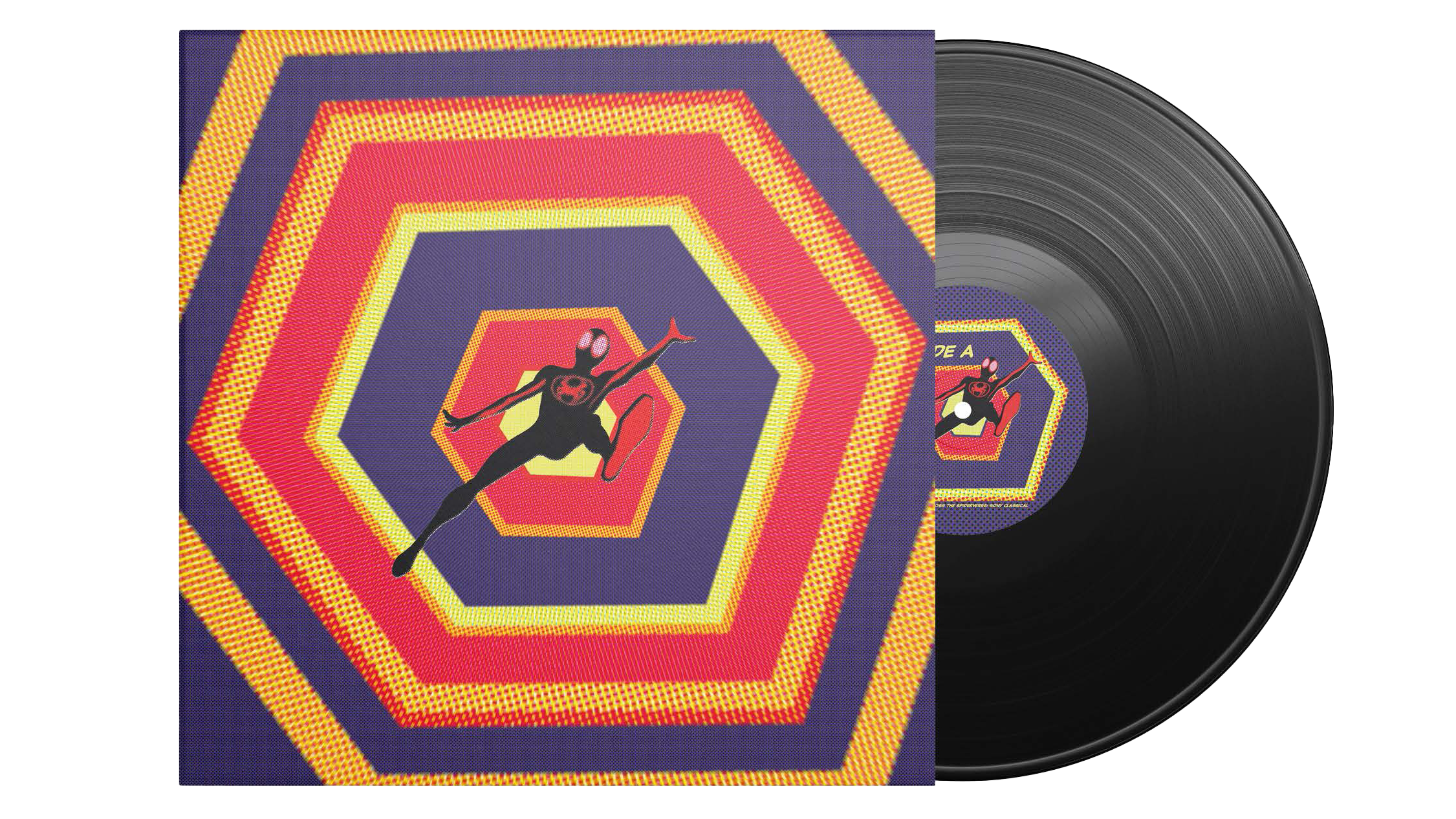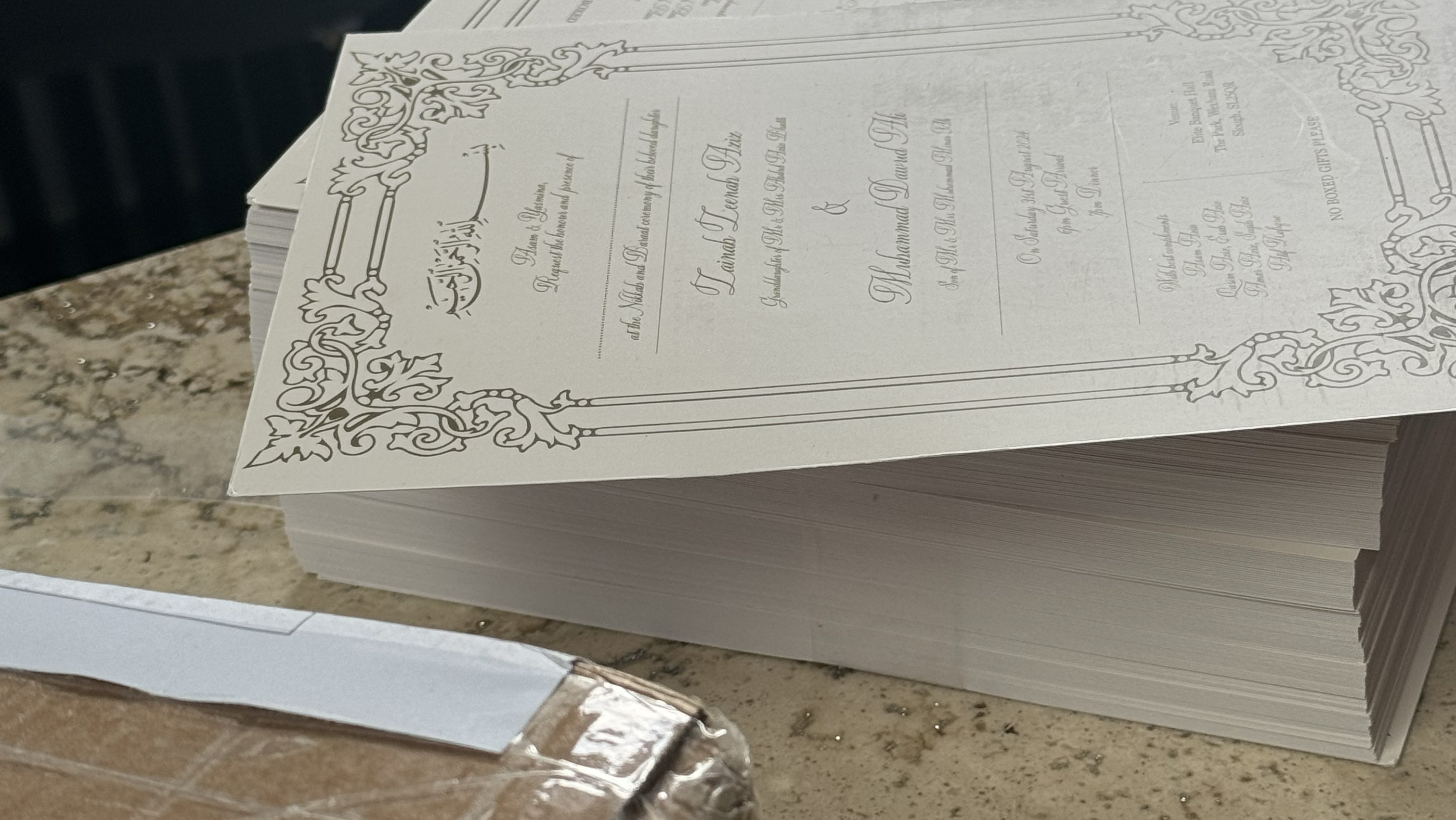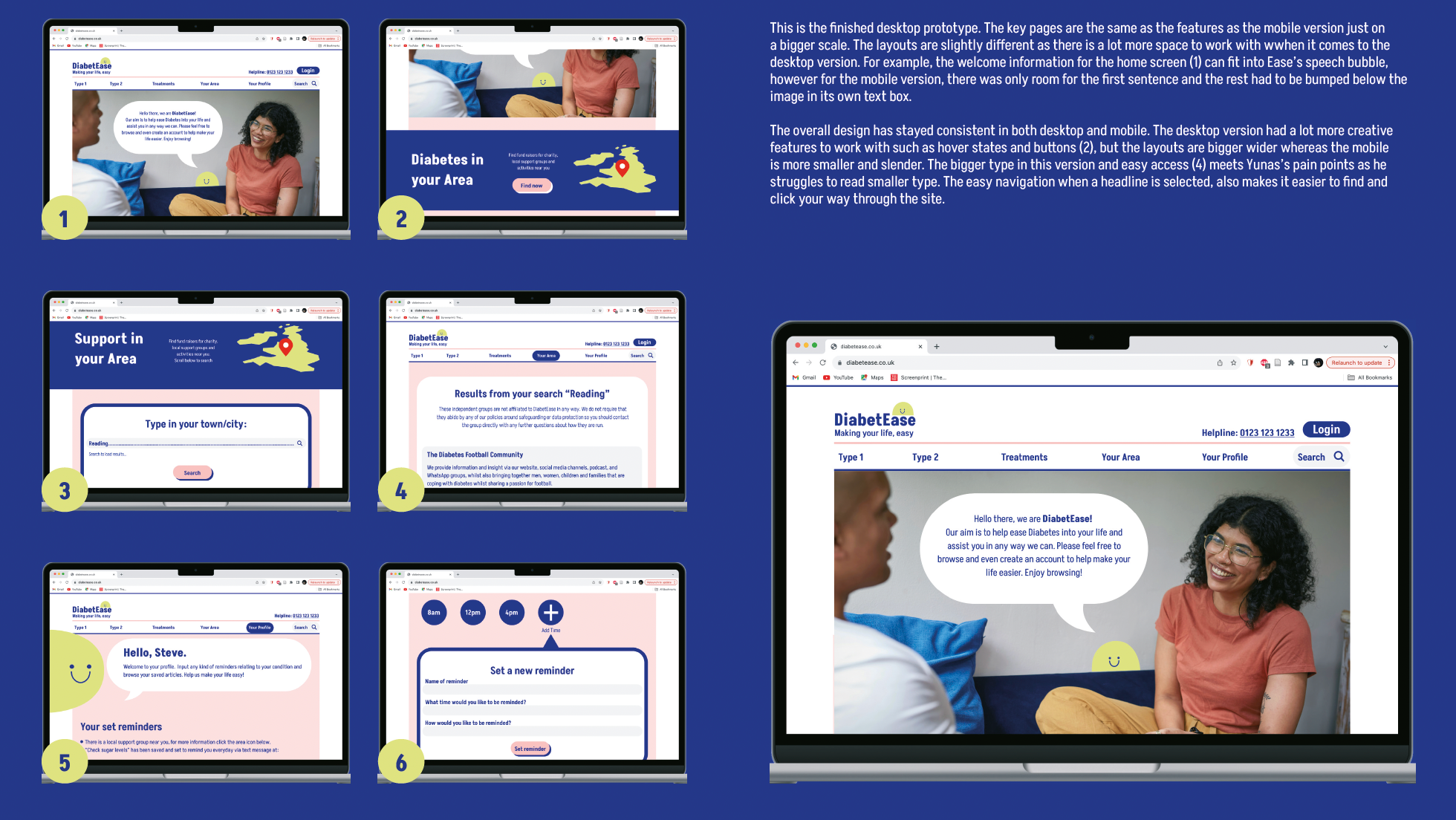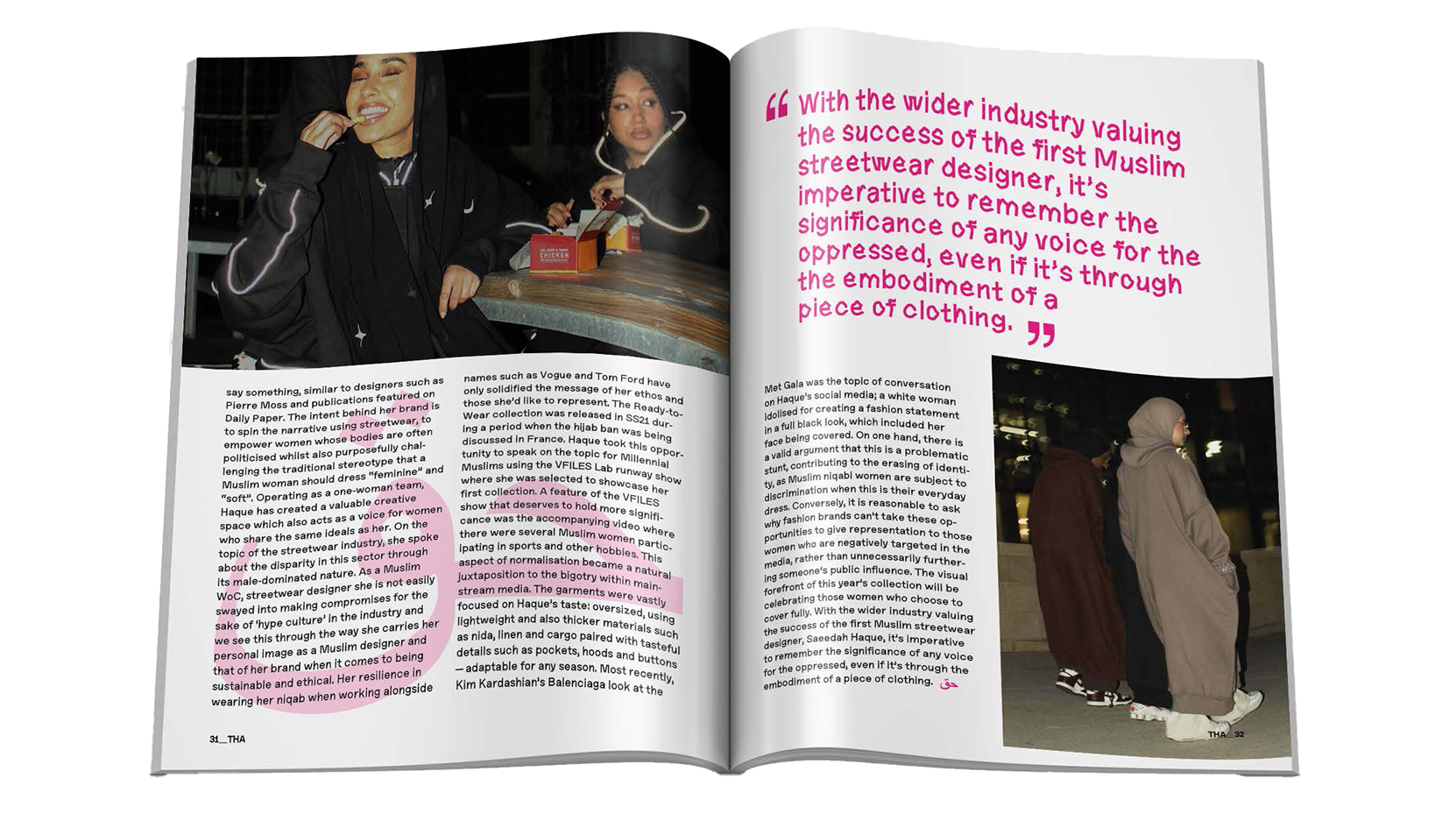These designs were developed as part of a group project during my time at University. The objective was to choose a topic related to graphic design or printing, and then create an informative poster that clearly described both the history and the process of that topic. The challenge was to present complex information in a visually engaging way while ensuring that it remained accessible and educational for the viewer.As a group, we selected screen printing as our topic—a fascinating printing process that combines ink, stencils, and a mesh frame. It is a technique that has been used for centuries and has applications in various industries, from art to textiles. To better understand the process, we familiarised ourselves with the techniques by creating our own stencils and prints, allowing us to experience firsthand the intricacies involved in screen printing. During our research, we discovered that screen printing was originally invented by the Chinese, which became a central idea I wanted to highlight in the poster design.
Poster 1: Andy Warhol-inspired design with bold Chinese lettering
The initial concept for the poster was inspired by the work of Andy Warhol, particularly his use of grid-like structures and bold, repetitive imagery (see poster 1). The design featured a two-by-two grid layout that aimed to break down the screen printing process into digestible sections. However, after presenting this concept to our tutors, we received feedback that the grid structure was too restrictive and wasted valuable space, limiting the flow of information. The tutors suggested that we reconsider the design to make better use of the available space and ensure that the poster felt more open and dynamic.
Poster 2: Further detailed poster with large graphics visualising the process
As a group, we re-evaluated our approach and came up with a final design (see poster 2), which incorporated more fluidity and balance. This design used purple as the dominant colour, which not only helped the poster stand out but also created a sense of visual harmony. We also placed greater emphasis on the history and process of screen printing, ensuring that the information was clear and easy to follow. One of the key improvements was the creation of a visual hierarchy, where both the English and Chinese titles were given prominence. The Chinese title, in particular, was important because it acknowledged the origins of the technique, and its placement alongside the English title gave it equal significance in the overall design.
This refined version of the poster allowed for a better flow of information, offering a deeper understanding of screen printing while also providing a nod to its historical roots. The final design struck a balance between visual appeal and educational clarity, allowing us to showcase both the process and its rich history in an engaging, informative manner.
Part of our research: creating and printing our own stencils in the art department
My design: a simplistic bubble-like moon and star print, using navy blue ink and damp paper
This project, as a whole, significantly expanded my knowledge and understanding of screen printing as well as other printing processes. I gained a deeper appreciation for the technicalities and precision involved in screen printing. I learnt how ink is carefully applied to different materials, how stencils are created to transfer designs, and the intricacies of aligning the layers in a multi-colour print. This practical experience allowed me to not only understand the mechanics of the process but also the creative potential it holds, particularly in terms of creating bold, unique designs.
Additionally, the project provided me with the opportunity to fully engage in a collaborative group setting. Working with my peers allowed me to experience the dynamics of a group project, from brainstorming and sharing ideas to negotiating design elements and making collective decisions. I had the chance to contribute my ideas while also learning from others, further developing my skills in communication, teamwork, and problem-solving. The feedback and diverse perspectives from my group and tutors helped me refine my design process and ultimately create a more effective, cohesive final product. The project reinforced the value of collaboration in achieving a collective goal and allowed me to grow not just as a designer but as a team member, strengthening my ability to contribute meaningfully in group settings in the future.

